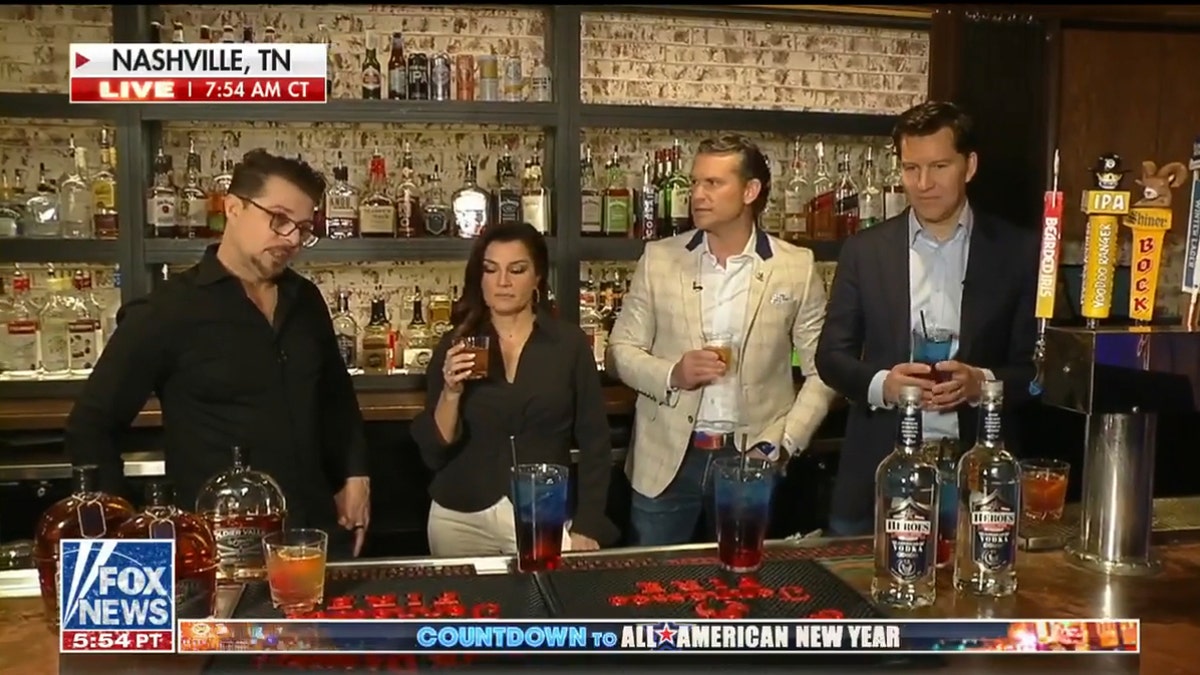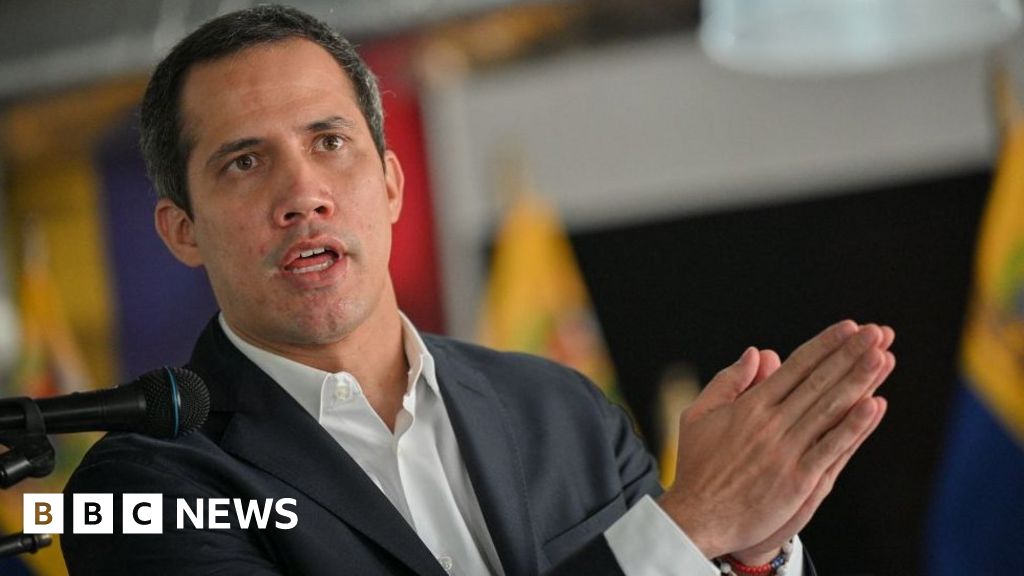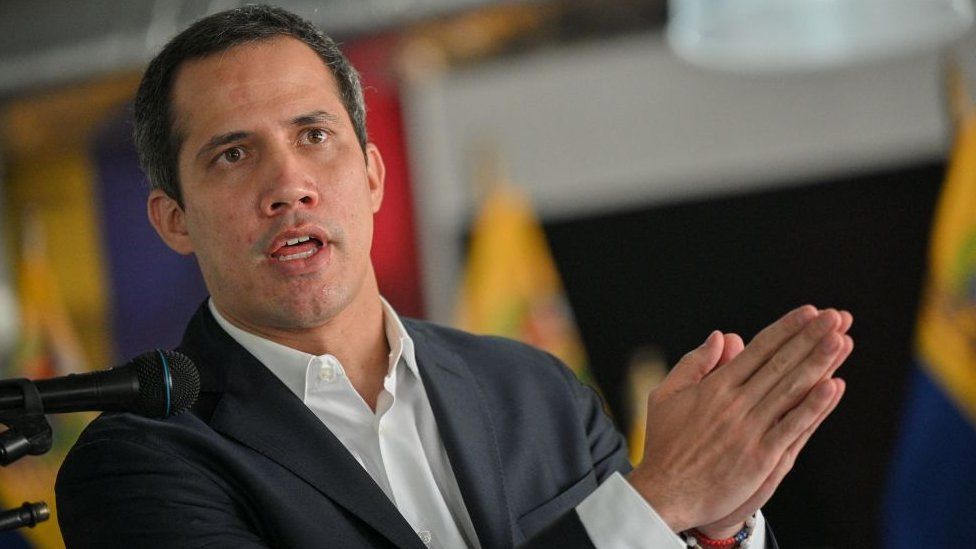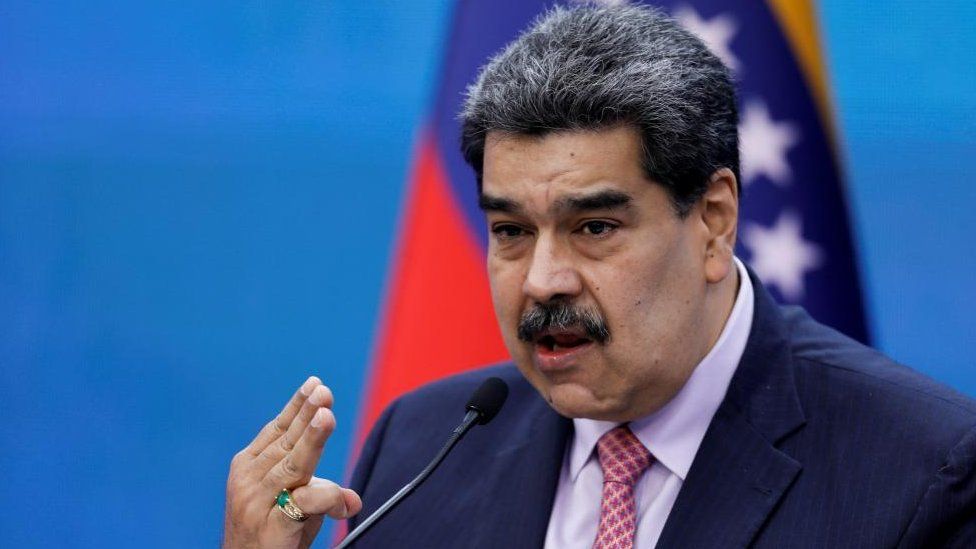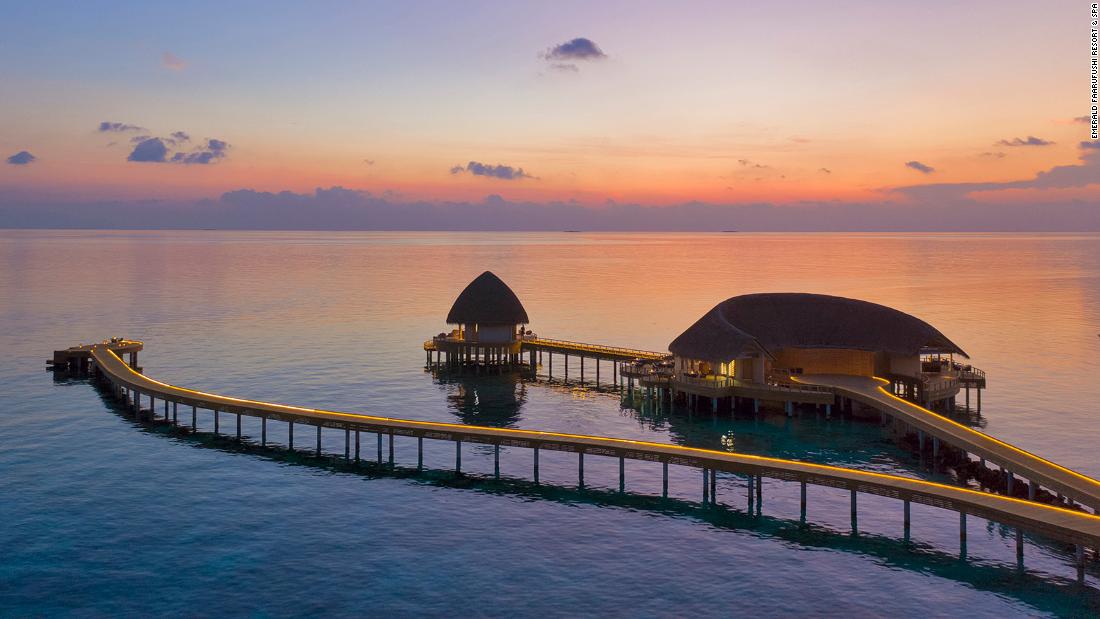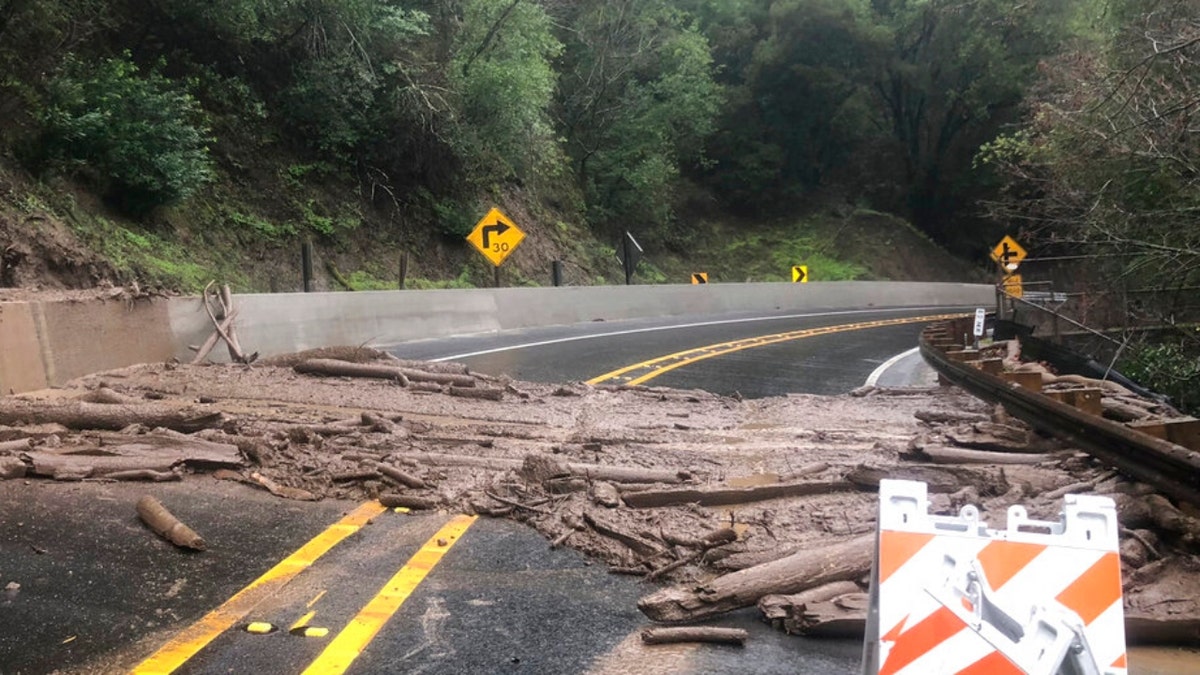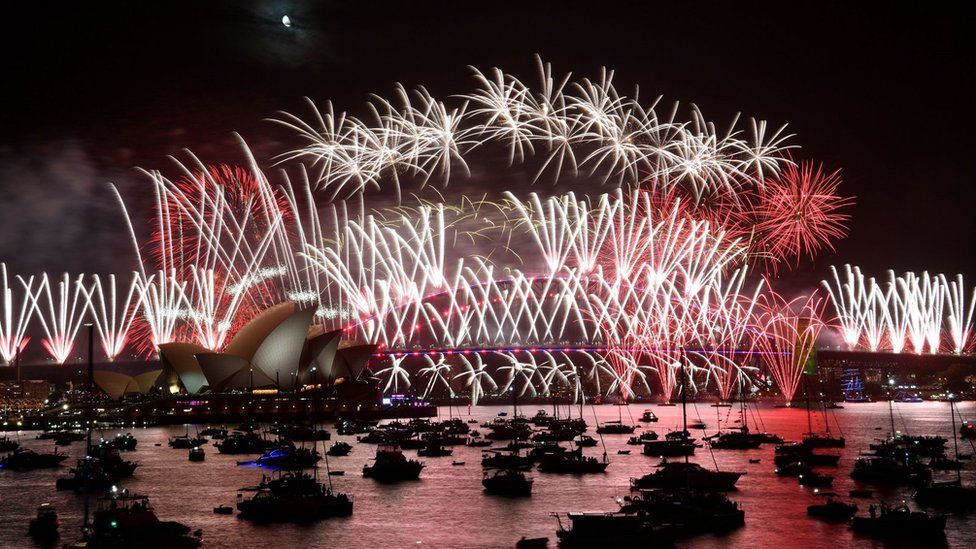CNN
—
Authorities carefully tracked the man charged in the killings of four Idaho college students as he drove across the country around Christmas and continued surveilling him for several days before finally arresting him Friday, sources tell CNN.
Bryan Christopher Kohberger, 28, was arrested in his home state of Pennsylvania and charged with four counts of murder in the first degree, as well as felony burglary in connection with the stabbing deaths of four University of Idaho students in November, according to Latah County Prosecutor Bill Thompson.
Still, investigators have not publicly confirmed the suspect’s motive or whether he knew the victims. The murder weapon has also not been located, Moscow Police Chief James Fry said Friday.
In the nearly seven weeks since the students were found stabbed to death in an off-campus home, investigators have conducted more than 300 interviews and scoured approximately 20,000 tips in their search for the suspect. News of the killings – and the long stretch of time without a suspect or significant developments – have rattled the University of Idaho community and the surrounding town of Moscow, which had not seen a murder in seven years.
Investigators honed in on Kohberger as the suspect through DNA evidence and by confirming his ownership of a white Hyundai Elantra seen near the crime scene, according to two law enforcement sources briefed on the investigation.
Kohberger, who authorities say lived just minutes from the scene of the killings, is a PhD student in Washington State University’s Department of Criminal Justice and Criminology, the school confirmed.

He drove cross-country in a white Hyundai Elantra and arrived at his parents’ house in Pennsylvania around Christmas, according to a law enforcement source. Authorities were tracking him as he drove and were also surveilling his parents’ house, the source said.
An FBI surveillance team tracked him for four days before his arrest while law enforcement worked with prosecutors to develop enough probable cause to obtain a warrant, the two law enforcement sources said.
Genetic genealogy techniques were used to connect Kohberger to unidentified DNA evidence, another source with knowledge of the case tells CNN. The DNA was run through a public database to find potential family member matches, and subsequent investigative work by law enforcement led to him as the suspect, the source said.
Kohberger was arraigned Friday morning in Pennsylvania and is being held without bail, records show.
Kohberger intends to waive his extradition hearing to expedite his transport to Idaho, Monroe County Chief Public Defender Jason LaBar said in a statement to CNN on Saturday.
“Mr. Kohberger is eager to be exonerated of these charges and looks forward to resolving these matters as promptly as possible,” LaBar said.
Even with a suspect charged, law enforcement’s work is far from over, prosecutors said.

“This is not the end of this investigation. In fact, this is a new beginning,” Thompson said Friday night.
Thompson urged people to continue submitting tips, asking anyone with information about the suspect “to come forward, call the tip line, report anything you know about him to help the investigators.”
Since the killings of the four students – Kaylee Goncalves, 21; Madison Mogen, 21; Xana Kernodle, 20; and Ethan Chapin, 20 some community members have grown frustrated as investigators have yet to offer a thorough narrative of how the night unfolded. Authorities have released limited details, including the victims’ activities leading up to the attacks and people they have ruled out as suspects.
Fry told reporters Friday state law limits what information authorities can release before Kohberger makes an initial appearance in Idaho court. The probable cause affidavit – which details the factual basis of Kohberger’s charges – is sealed until the suspect is physically in Latah County, Idaho and has been served with the Idaho arrest warrant, Thompson said.
Kohberger is a resident of Pullman, Washington, a city just about nine miles from the site of the killings, authorities said. His apartment and office on the Washington State University’s Pullman campus were searched by law enforcement Friday morning, the university confirmed in a statement.
In June 2022, he finished graduate studies at DeSales University, where he also was an undergraduate, according to a statement on the school’s website. He also got an associate degree from Northampton Community College in 2018, the college confirmed to CNN.
In a Reddit post removed after Kohberger’s arrest was announced, a student investigator named Bryan Kohberger who was associated with a DeSales University study sought participation in a research project “to understand how emotions and psychological traits influence decision-making when committing a crime.”
“In particular, this study seeks to understand the story behind your most recent criminal offense, with an emphasis on your thoughts and feelings throughout your experience,” the post said.
CNN reached one of the principal investigators of the study, a professor at DeSales University, but they declined to comment on the matter. The university has not responded to requests for comment.



